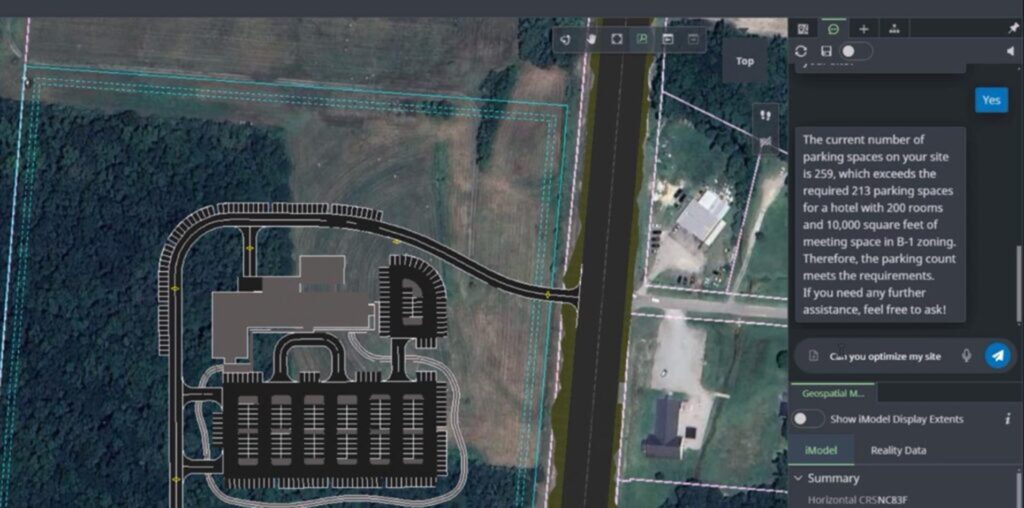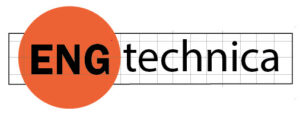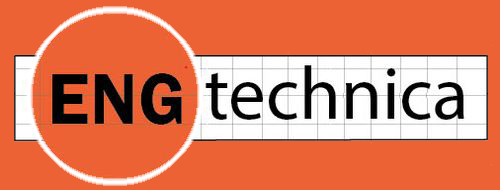
Bentley Systems introduced OpenSite+, a generative AI-based software that aims to significantly streamline certain civil site design processes, at the Year in Infrastructure 2024 conference recently held in Vancouver, Canada.
OpenSite+ is an AI upgrade of OpenSite Designer and part of Bentley’s suite of engineering civil engineering software for site planning. It aims to reduce time and effort in creating, analyzing, and optimizing site layouts. It integrates data-driven automation and machine learning, enabling civil engineers to consider more designs and reduce manual effort.
OpenSite+ is presented as a game-changer for civil engineers involved in land development for residential, commercial, and industrial projects. By utilizing generative AI, OpenSite+ can automatically generate various design alternatives in 3D, allowing engineers to choose the best-solutions based on a variety of criteria like topography, regulatory compliance, and construction feasibility.
What Does OpenSite+ Do?
- Automated Drawing Production: Users can reduce time spent on mundane drawing tasks, accelerating drawing production by up to 10 times, says Bentley. Drawing will include AI-powered annotation, labeling, and sheeting. Bentley promises annotations will be in the right place, corresponding to a company’s standards and aesthetics. This an answer to all automatic dimensioning that have come before which would systematically litter drawings with dimensions with little or no regard to simplicity and elegance.
- Enhanced Design Experience with Copilot: Users can quickly create, revise, and interact with site plans and 3D site models through a natural language interfaces—including voice. With iPad increasingly used on sites and requiring two handed operation, voice input makes even more sense on a jobsite than it does in the office.
- Optimization. OpenSite+ can generate thousands of site plans and rank them for you with one touch of a button. Ranking can be done by the amount of cut and fill each design requires, which is precisely calculated from the 3D model, according to Bentley. Costs can be estimated, too.
- Smart Design Tools: Users can create and revise designs using intelligent, editable objects such as building pads, parking layouts, driveways, sidewalks, and ponds to complete projects in a fraction of time compared to traditional CAD software. We are to see this in operation at Year in Infrastructure — with voice command, no less. A parking lot shape is changed and the parking spaces are redrawn on stage after a voice prompt.
A key feature of OpenSite+ is its ability to learn from a firm’s historical design data, which should make its design suggestions more relevant and potentially more useful than a random design generator. I am reminded of generative design, which does not take design intent or stock shapes into account, and therefore, produces mostly junk. OpenSite+, on the other hand, can be fed the projects of the past and produce site plans as would the company’s own seasoned engineers.
Bentley is not suggesting that OpenSite+ be used to replace seasoned engineers out of work, but rather freeing them from drudge works so they can be more creative. Making drawings is a case in point and may end up being OpenSite+ most cherished feature. Drawing, which theoretically should have gone the way of the drafting board, continue to be a requirement on most projects, binding a firm to the past and adding costly work. Maybe now, they’ll finally go away, at least for civil engineers?
“OpenSite+ is a game-changer,” says Joe Viscuso, Senior Vice President and Director of Strategic Growth, at Pennoni, on the Bentley website and in person at YII. “ By combining design and routine tasks into one powerful platform, it eliminates the need to switch between multiple programs. It streamlines our workflow, automates repetitive tasks, and ensures accuracy as we make changes in real time. This means faster project completion with superior results, helping Pennoni stay ahead of the curve in both technology and innovation.”
OpenSite+ is currently available as “early access.” You have to apply for it and you must be in North America.

